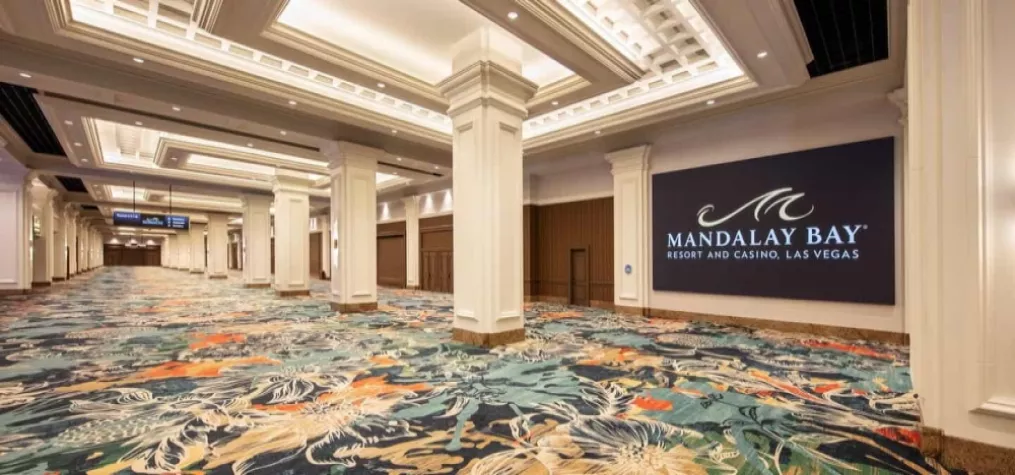Events need an audience. That fact may seem obvious, but with so many priorities it can be easy for planners to omit this step. Overlooking your audience’s needs can be detrimental, as the purpose of an event is to create enjoyable and memorable personalized experiences. So, reprioritize. Use audience segmentation to identify attendee needs, wants and interests, and then implement target preferences into your planning process.
Audience segmentation provides a number of benefits and advantages. By including this essential step, you can:
- Calculate the investment level needed and strategically justify those investments.
- Identify internal stakeholder resources needed to maximize your reach and impact.
- Develop specific personas, which improve event design and allow for maximum engagement.
This audience audit should be revisited periodically to maintain accurate data. Depending on your industry and the amount of change within your business, consider re-evaluating every 2-5 years.
While audience segmentation has been proven as beneficial, over-segmentation can actually be a deterrent. Too much information can become overbearing; drilling too deep can segment your audience into buckets that are too specific to turn into actionable insights. To avoid over-segmentation, be sure to only pick the categories that are most relevant to your organization and event to get the most out of this process.
Audience segmentation categories include:
- Demographics: The grandfather of audience segmentation, general demographics (e.g. age and gender) are simply too broad to do much more than act as the first step in the process. However, as with any first step, you can’t take a journey without one.
- Generational: This approach takes demographics one step further. It connects attendees who are separated by age but connected through a shared generation (e.g. a 22-year-old and a 30-year-old could be in drastically different life stages, but are still members of the Millennial generation and thus share certain cultural characteristics).
- Cultural: A key part of your audience’s identity is their culture (e.g. conservative, liberal, religious or agnostic, etc.). Audiences with different cultures have different mindsets and beliefs, and this information can help shed a light on how they think and view the world. It will also provide insights into any core beliefs or cultural preferences your audience may have, such as dietary restrictions and worship needs.
- Geographic: Knowing where your audience comes from (state, province, country, region, etc.) serves several purposes for event planning. It provides insight into your audience such as what weather they’re used to or which activities are common near their home that may interest them. It can also assist in planning ahead for hotels or translators for visitors who may need them.
- Psychographics: This type of segmentation studies what makes your audience tick. It dives deep into personalities to discover needs, concerns, motivations, aspirations, values and lifestyle choices. Taking this information into account can help you to connect to your audience on a deeper, more intimate level.
- Interests: Applying interests is similar to psychographics but it focuses specifically on what your audience does for fun (e.g. travel, running, photography, etc.). Fun is a key part of engagement for meeting planners, so knowing what will resonate allows you to craft fun experiences catered to them.
- Industry: Knowing what industry your audience is tied to is key when it comes to determining how to attract them. Consumers and businesses have different interests and different branches of industry (healthcare, technology, manufacturing, etc.) have different wants and needs.
- Life stages: Life stages and occurrences such as getting married, having kids or being close to retirement, can result in changes in the wants and needs of your audience. For example, audience members with kids may naturally be drawn toward kid-friendly products and experiences, while attendees who are close to retirement may be more interested in exhibits that can help them save money.
- Brand affinity: This category uses audience feedback to compare your brand to others. The information gathered can help determine what aspects of your marketing techniques should be improved and which ones are received positively by your audience.
Planning an event takes time and effort – from budgeting to housing to registration – and with all the chaos, it’s easy for meeting planners to accidentally overlook preparing for their audience. Prioritizing this crucial step, however, could turn the tables for your event, making it go the extra mile to create a more enjoyable experience for your attendees.
Audience segmentation allows you to decipher what your audience is truly interested in, which helps you create something memorable for them. Following this process also allows you to ask specific audience members survey questions based on their opinions, wants, and needs to determine what aspects of your event work well and what needs tweaking.
Ultimately, it’s important to put an emphasis on this aspect of event planning. Getting to know your audience well is the key to unlocking a successful event that lingers in the minds of your attendees. Audience segmentation is the first step to delivering the experience your audiences envision.
Ready to dive into audience segmentation? Download this handy guide to get started.
Don’t miss any event news! Sign up for any (or all) of our e-newsletters HERE & engage with us on Twitter, Facebook, LinkedIn & Instagram!



Add new comment